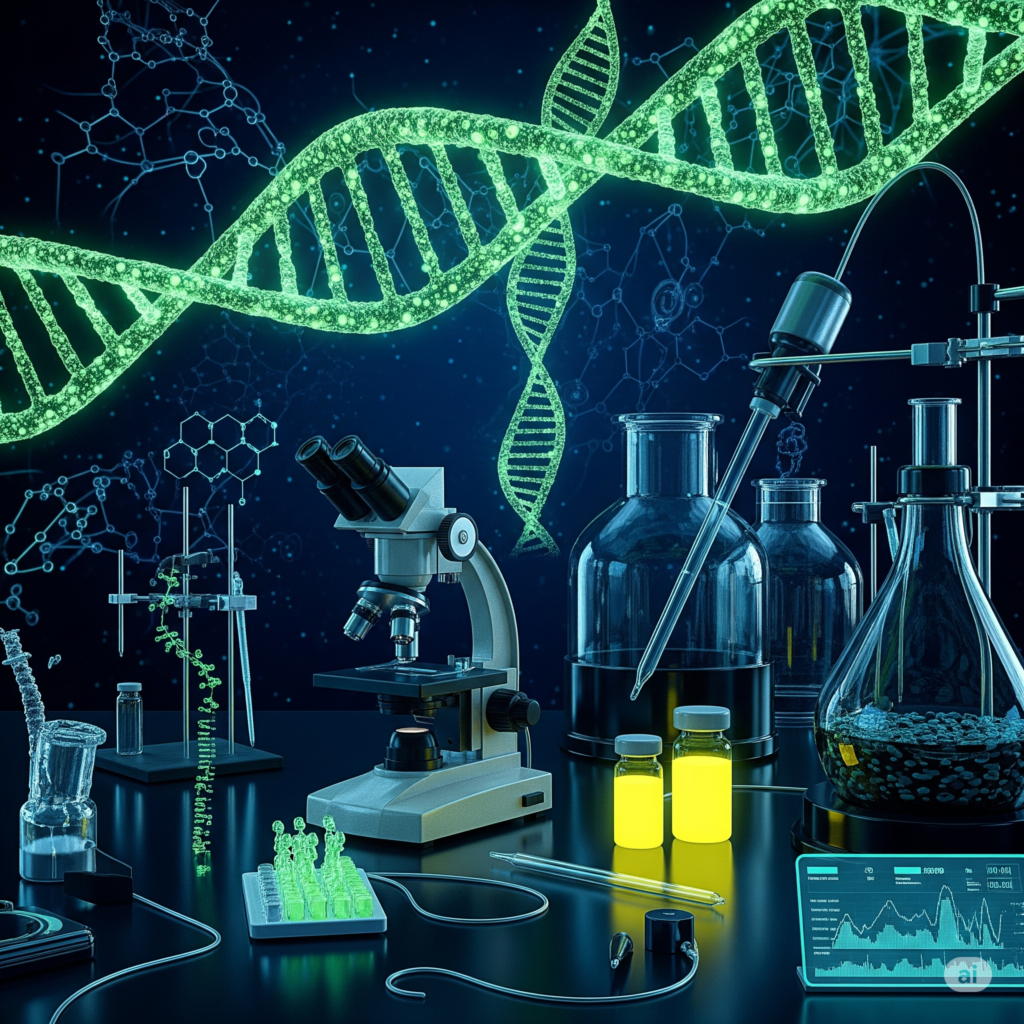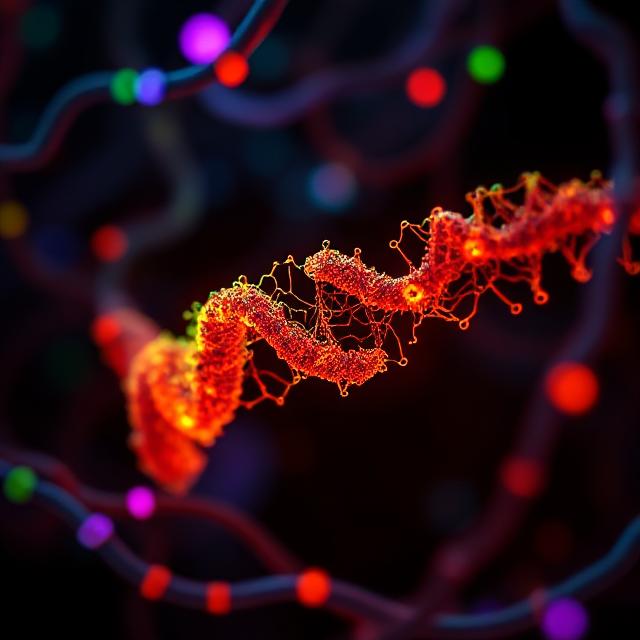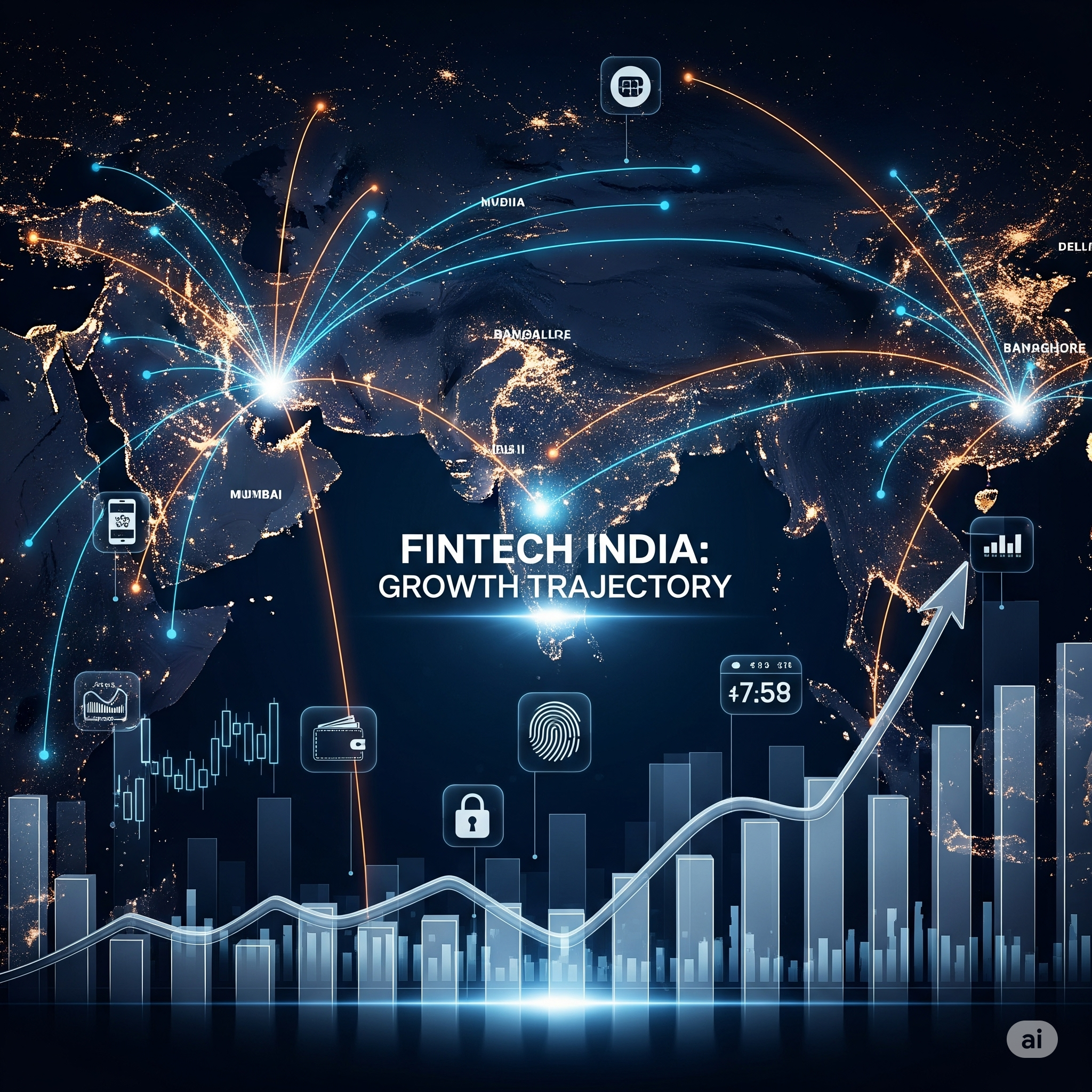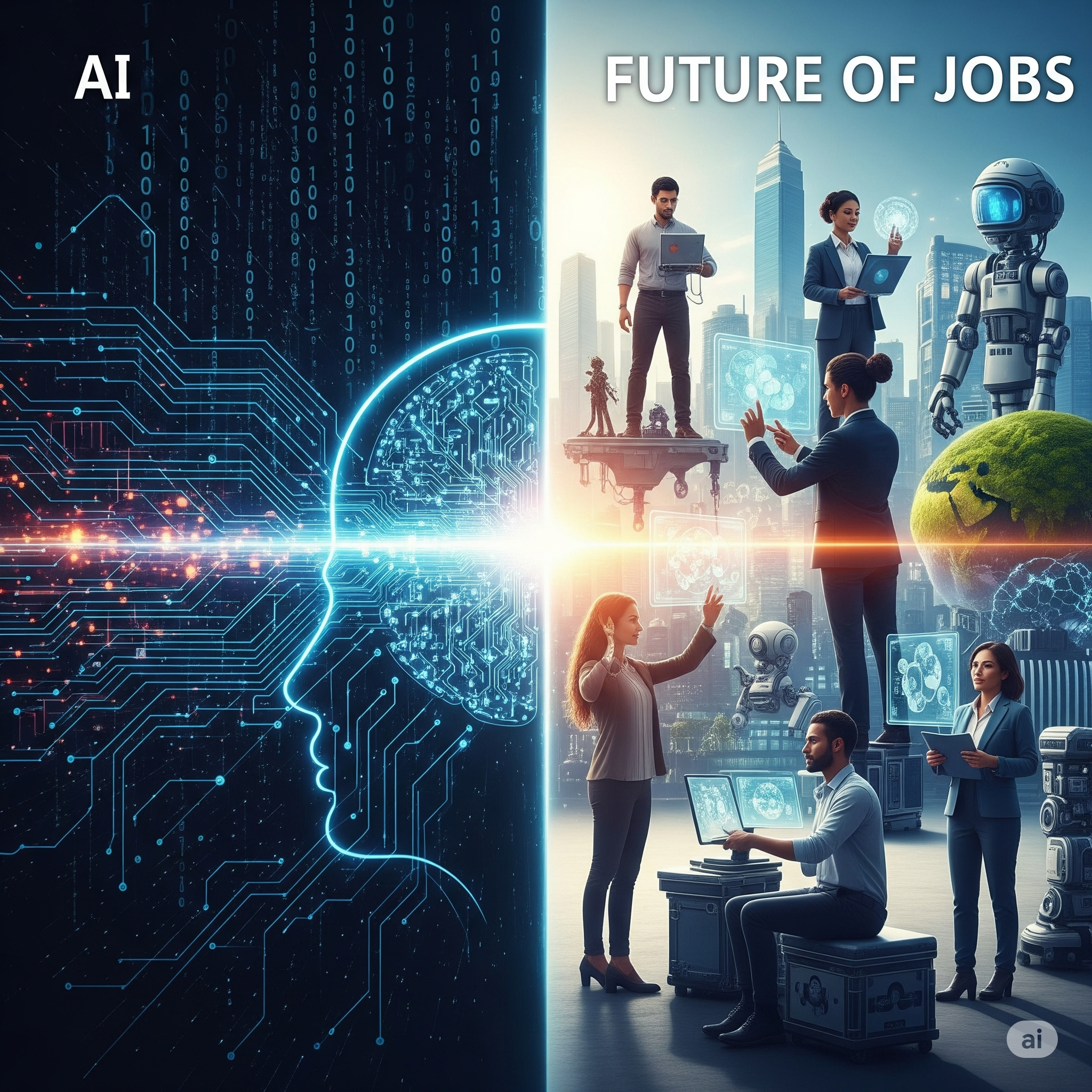Introduction
Synthetic biology is a rapidly emerging interdisciplinary field that fuses biology, engineering, genetics, chemistry, and computer science to design and construct new biological parts, systems, and organisms. Unlike traditional genetic engineering, which modifies existing biological systems, synthetic biology aims to build entirely new systems from the ground up or redesign existing ones to perform novel functions. This capability offers transformative potential across healthcare, agriculture, environmental conservation, and industry.
As we step into the era of biotechnology, synthetic biology holds the promise of solving some of humanity’s greatest challenges—from developing cures for genetic diseases to creating sustainable alternatives to fossil fuels.
Definition and Core Concepts
Synthetic Biology is often defined as:
“The design and construction of new biological parts, devices, and systems, and the re-design of existing natural biological systems for useful purposes.”
Core Components of Synthetic Biology:
- Standardization:
Like mechanical or electronic components, synthetic biologists aim to create standardized DNA parts (called BioBricks) that can be assembled into larger genetic circuits. - Modularity:
Systems are built from interchangeable parts. This modular approach allows reuse of genetic components in different combinations to produce desired outputs. - Abstraction Hierarchy:
Synthetic biology applies an abstraction-based approach, breaking biological systems into DNA, parts, devices, and systems—similar to programming. - Design-Build-Test-Learn (DBTL) Cycle:
It involves designing biological systems using computer-aided tools, building them with synthetic DNA, testing their functionality, and learning from the results for optimization.
Historical Background
- Early Foundations:
The idea of modifying living systems dates back to the discovery of DNA’s structure in 1953. Genetic engineering progressed with the development of recombinant DNA technology in the 1970s. - 2000s Onward – Emergence of Synthetic Biology:
The term “synthetic biology” gained traction when researchers began creating minimal genomes and synthetic gene networks. The iGEM (International Genetically Engineered Machine) competition, started in 2003 at MIT, accelerated interest among students and researchers globally. - Notable Milestone:
In 2010, scientists at the J. Craig Venter Institute created the first synthetic bacterial cell, Mycoplasma mycoides JCVI-syn1.0, marking a significant achievement in the field.
Tools and Technologies in Synthetic Biology
- CRISPR-Cas9 and Genome Editing:
Enables precise editing of DNA sequences, crucial for inserting synthetic genetic circuits. - DNA Synthesis and Assembly:
Automated DNA synthesizers can chemically produce DNA sequences that never existed in nature. - Computational Modeling and CAD Tools:
Software like Cello and Benchling allow design and simulation of genetic circuits before actual lab synthesis. - Metabolic Engineering:
Reprogramming the metabolic pathways of microbes to produce biofuels, drugs, and chemicals. - Gene Drives:
Engineered genetic elements that can spread specific traits rapidly through populations. - Biosensors and Genetic Circuits:
Engineered constructs that sense environmental stimuli and trigger a response, such as light, toxin, or pH detection.
Applications of Synthetic Biology
1. Healthcare and Medicine
- Personalized Medicine:
Synthetic biology allows the creation of patient-specific gene therapies and vaccines, including mRNA vaccines like those used for COVID-19. - Cell-Based Therapies:
Engineered T-cells (CAR-T therapy) are being used to target cancer cells effectively. - Synthetic Microbes:
Bacteria engineered to produce insulin, hormones, or antibiotics are revolutionizing drug manufacturing. - Disease Detection:
Biosensors based on synthetic circuits can detect diseases at early stages, even in low-resource settings.
2. Agriculture
- Synthetic Fertilizers and Nitrogen Fixation:
Engineering microbes to fix atmospheric nitrogen could reduce dependency on chemical fertilizers. - Pest and Disease Resistance:
Genetically programmed plants can resist insects and pathogens without harmful pesticides. - Enhanced Crop Traits:
Crops can be modified to tolerate drought, salinity, and poor soils using synthetic biology approaches.
3. Environment and Sustainability
- Bioremediation:
Microorganisms can be engineered to break down pollutants, plastics, and toxic chemicals from soil and water. - Carbon Capture:
Synthetic algae and bacteria can be used to capture and convert CO₂ into biofuels or organic matter. - Bio-Based Products:
Bioplastics and biofuels made from engineered microbes offer a sustainable alternative to petroleum-based products.
4. Industry and Energy
- Bio-Manufacturing:
Microbes can be designed to produce industrial enzymes, fragrances, flavors, and textile dyes sustainably. - Synthetic Yeast:
Used to produce beer and wine with enhanced flavor profiles or increased fermentation efficiency. - Renewable Biofuels:
Synthetic organisms can convert agricultural waste into ethanol, butanol, and even hydrogen.
Ethical, Legal, and Social Implications (ELSI)
Synthetic biology brings powerful benefits, but also significant challenges:
1. Biosecurity and Dual Use
- The technology can be misused to create harmful pathogens or bioweapons.
- Regulatory frameworks are needed to prevent misuse and control access to DNA synthesis tools.
2. Intellectual Property and Patents
- Who owns synthetic life forms? This is a contested area, with companies and nations staking claims on genetic innovations.
3. Environmental Risks
- Releasing synthetic organisms into the environment may cause unintended ecological consequences or disrupt biodiversity.
4. Equity and Access
- There is concern that only wealthier countries or corporations may benefit from synthetic biology, deepening the global technology divide.
Synthetic Biology in India
India is steadily investing in synthetic biology research and applications:
- Department of Biotechnology (DBT):
Funds various research projects in metabolic engineering, synthetic vaccines, and bio-based manufacturing. - CSIR and IISc Bangalore:
Conduct advanced research in synthetic genome construction and plant metabolic pathways. - Private Startups:
Indian biotech startups like String Bio are working on synthetic biology to create sustainable protein and fuel sources. - National Strategy:
India is working on a roadmap for synthetic biology to align with its goals in health, environment, and Atmanirbhar Bharat (self-reliant India).

Challenges and Limitations
- Technical Complexity:
Designing complex biological systems that work reliably is still difficult due to the unpredictable nature of biology. - Ethical Controversies:
Concerns around ‘playing God’ by creating life raise moral and religious questions. - Public Perception:
Misinformation and fear about GMOs and synthetic biology hinder acceptance. - Lack of Skilled Workforce:
There is a shortage of trained synthetic biologists, especially in developing nations. - Biosafety Concerns:
Synthetic organisms might evolve in unexpected ways or outcompete natural species if released.
Future Prospects
The future of synthetic biology is immensely promising:
- Digital-to-Biological Converters:
These machines could download DNA blueprints over the internet and print vaccines or drugs instantly. - Minimal Cells:
Research is ongoing to create cells with only essential genes, useful as controlled bio-factories. - Synthetic Organs and Tissues:
Engineered cells may soon help grow replacement organs customized for patients. - Biocomputing:
Using biological systems to perform computation and logic operations could merge biology with artificial intelligence. - Sustainable Economy:
Synthetic biology is central to the bioeconomy of the future—clean, renewable, and circular.
Conclusion
Synthetic biology stands at the cutting edge of science and technology, with the potential to reshape industries, medicine, and even life itself. While challenges persist in ethics, regulation, and public trust, the possibilities are vast and transformative. With careful governance, interdisciplinary collaboration, and public engagement, synthetic biology can become a cornerstone of sustainable development and innovation in the 21st century.




